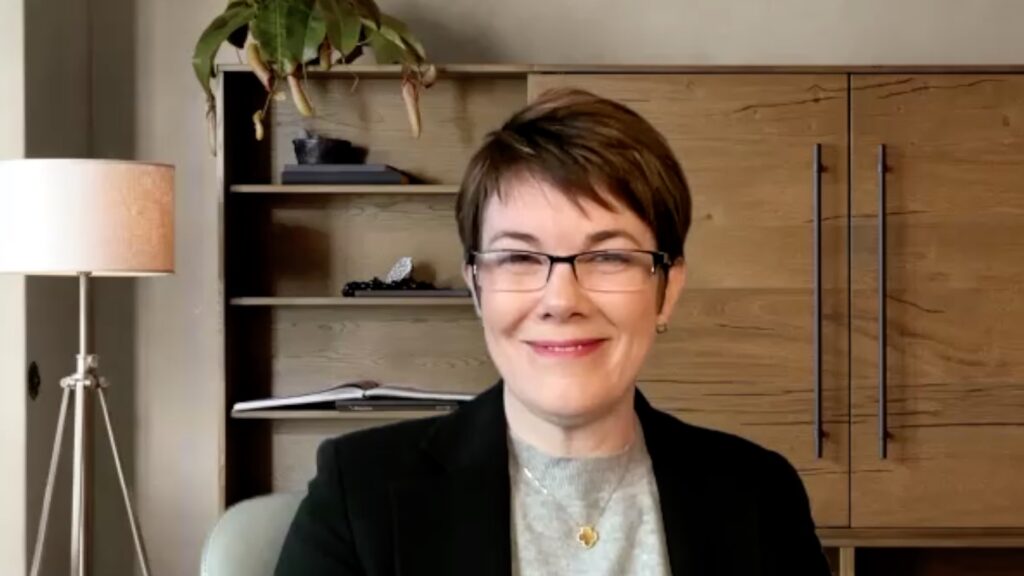Atopic dermatitis is a chronic skin disorder causing inflammation, redness and irritation of the skin, and usually begins in childhood. touchIMMUNOLOGY caught up with Prof Amy Paller (Northwestern University Feinberg School of Medicine; Lurie Children’s Hospital of Chicago, Chicago, IL, USA), to discuss the current treatment paradigm for atopic dermatitis in children, and factors that may cause suboptimal outcomes in the treatment of atopic dermatitis.
The abstract ‘Treatment-Emergent Adverse Events in Patients Aged 6 Months to 5 Years With Moderate-to-Severe Atopic Dermatitis Treated With Dupilumab in an Open-Label Extension Clinical Trial.’ was presented at AAD 2023, 17-21 March, 2023.
This information is brought to you by Touch Medical Media and is not sponsored by, nor a part of, the AAD.
Questions
- Could you give us a brief overview of the treatment paradigm for atopic dermatitis in children? (0:20)
- What factors are known to cause suboptimal outcomes in the treatment of atopic dermatitis in children? (1:37)
Disclosures: Amy Paller discloses consultancy for Aegerion Pharma, Azitra, BioCryst, Boehringer-Ingelheim, Bristol Myers Squibb, Castle Creek, Eli Lilly, Janssen, Krystal, LEO Pharma, Novartis, Regeneron, Sanofi/Genzyme, Seanergy, TWI Biotechnology, UCB, grant/research support from AbbVie, Dermavant, Eli Lilly, Incyte, Janssen, Krystal, UCB, and other financial or material support from DSMB: AbbVie, Abeona, Catawba, Galderma, InMed.
Support: Interview and filming supported by Touch Medical Media Ltd. Interview conducted by Atiya Henry.
Filmed in coverage of the 2023 AAD Annual Meeting.
Click here for more content on atopic dermatitis.
Transcript
Hi, I’m Amy Paller, professor and chair of the Department of dermatology at Northwestern university, Feinberg School of Medicine and a pediatric dermatologist at the Lurie Children’s Hospital of Chicago.
Could you give us a brief overview of the treatment paradigm for atopic dermatitis in children? (0:20)
The treatment paradigm for atopic dermatitis in children very much depends on that particular child and certainly on the severity of the disease. For those who have milder disease, we can treat usually with topical corticosteroids, sometimes supplemented by non-steroidal topicals. For those, however, who have moderate to severe disease, we now have to consider moving to a systemic agent. The current agent of choice is a relatively new biologic that targets interleukin 4 receptor called dupilumab. And we’ve recently had the availability for adolescents in the United States of now two JAK inhibitors, upadacitinib and abrocitinib, for other children who either cannot get those medications or for whom the medication may fail. And certainly for younger children, we’ve only had dupilumab down to six months of age. And for anyone else in those categories I just mentioned, we’re still using immunosuppressant agents, particularly a course of cyclosporine, and transitioning to methotrexate is what we most commonly will do.
What factors are known to cause suboptimal outcomes in the treatment of atopic dermatitis in children? (1:37)
Well, as our armamentarium is expanding and we have choices, the most common reason for suboptimal outcome is either failure of a physician to advance to what is the most appropriate medication for that patient or poor adherence on the part of the family to the treatment prescribed by the physician.
Subtitles and transcript are autogenerated.









